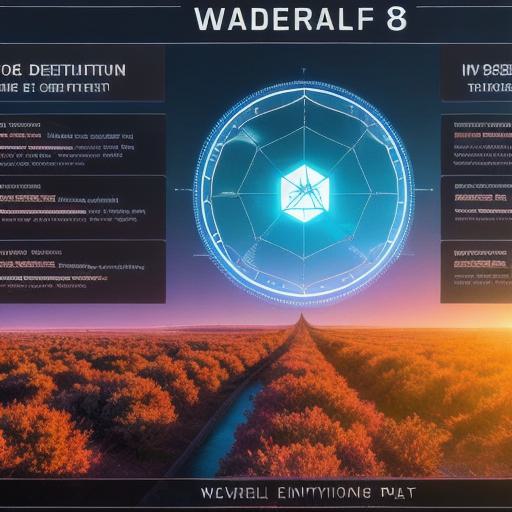Introduction
The decentralized web, also known as the web3, is a new and exciting frontier in technology that has the potential to revolutionize how we interact with data, applications, and each other online. At its core, the decentralized web is built on the principles of decentralization, security, and interoperability. In this article, we will explore the key concepts and technologies that make up the web3, as well as real-world examples of how it is being used to create new and innovative applications.
What is Decentralized Web?
The decentralized web is a version of the internet that is not controlled by any central authority or intermediary. Instead, it is built on a network of computers and devices that work together to store and distribute data, run applications, and facilitate transactions. This allows for greater security, privacy, and control over our online activities, as well as new opportunities for innovation and collaboration.
Web3 Technologies
There are several key technologies that make up the web3:
1. Blockchain
Blockchain is a decentralized database that records transactions in a secure and transparent manner. It is the underlying technology for many cryptocurrencies, but it has far more potential applications beyond just finance. For example, blockchain can be used to create secure and tamper-proof record keeping systems for supply chain management, land registry, and voting systems.
2. Smart Contracts
Smart contracts are self-executing computer programs that automate the enforcement of agreements between parties. They can be used to facilitate transactions, manage assets, and even create decentralized autonomous organizations (DAOs).

- Decentralized Applications (dApps)
Decentralized applications are applications that run on a decentralized network, rather than on a central server. They can be used for a wide range of purposes, such as social networking, gaming, and finance. Some popular examples of dApps include Ethereum’s Cryptokitties game and the Decentralized Autonomous Exchange (DEX) Uniswap.
4. Interoperability

Interoperability is the ability of different systems and applications to communicate and work together seamlessly. This is an important aspect of the web3, as it allows for the creation of a truly global and interconnected network of applications and services.
Real-World Examples of Web3 in Action
There are already many real-world examples of how the web3 is being used to create new and innovative applications. Here are just a few:
1. Supply Chain Management
Blockchain technology can be used to create secure and transparent supply chain management systems that allow for greater transparency, traceability, and efficiency. For example, Walmart has implemented a blockchain-based system to track the movement of food products through its supply chain, which has helped to reduce waste and improve food safety.
- Decentralized Finance (DeFi)
Decentralized finance is an emerging field that uses blockchain technology to create new financial services and applications that are not controlled by central authorities or intermediaries. Examples of DeFi include lending platforms, exchanges, and insurance products that can be accessed and used directly by individuals without the need for intermediaries.
3. Voting Systems
Blockchain technology can be used to create secure and transparent voting systems that are resistant to tampering and manipulation. For example, West Virginia Secretary of State has implemented a blockchain-based voting system that allows military personnel to vote securely from anywhere in the world.
